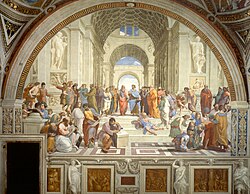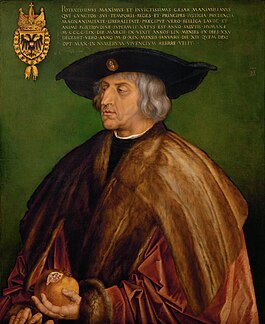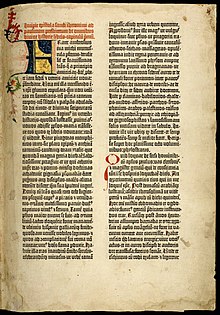
Back النهضة الألمانية Arabic Немски ренесанс Bulgarian Αναγεννησιακή τέχνη στη Γερμανία Greek Germana Renesanco Esperanto Renacimiento alemán Spanish Renaissance allemande French Գերմանական Վերածնունդ Armenian Rinascimento tedesco Italian ドイツ・ルネサンス Japanese 독일 르네상스 Korean
| Renaissance |
|---|
 |
| Aspects |
| Regions |
| History and study |


The German Renaissance, part of the Northern Renaissance, was a cultural and artistic movement that spread among German thinkers in the 15th and 16th centuries, which developed from the Italian Renaissance. Many areas of the arts and sciences were influenced, notably by the spread of Renaissance humanism to the various German states and principalities. There were many advances made in the fields of architecture, the arts, and the sciences. Germany produced two developments that were to dominate the 16th century all over Europe: printing and the Protestant Reformation.
One of the most important German humanists was Konrad Celtis (1459–1508). Celtis studied at Cologne and Heidelberg, and later travelled throughout Italy collecting Latin and Greek manuscripts. Heavily influenced by Tacitus, he used the Germania to introduce German history and geography. Eventually he devoted his time to poetry, in which he praised Germany in Latin. Another important figure was Johann Reuchlin (1455–1522) who studied in various places in Italy and later taught Greek. He studied the Hebrew language, aiming to purify Christianity, but encountered resistance from the church.
The most significant German Renaissance artist is Albrecht Dürer especially known for his printmaking in woodcut and engraving, which spread all over Europe, drawings, and painted portraits. Important architecture of this period includes the Landshut Residence, Heidelberg Castle, the Augsburg Town Hall as well as the Antiquarium of the Munich Residenz in Munich, the largest Renaissance hall north of the Alps.[1][circular reference]